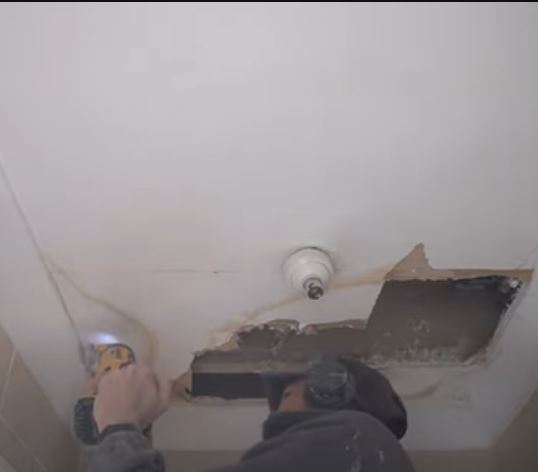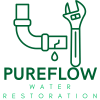What is water damage restoration?
Water damage restoration is the process of cleaning, drying, and repairing a home or building after it’s been damaged by water. This helps prevent further damage and keeps your home safe. Let’s break down what water damage restoration involves and why it’s important.

What Does Water Damage Restoration Involve?
Here’s a simple breakdown of what usually happens during water damage restoration:
Step 1: Inspection and Assessment
A professional will check your home to see how much water damage there is and what areas are affected. This helps them make a plan for repairs. This step usually takes about an hour.
Step 2: Water Removal
They will use special pumps and vacuums to remove any standing water. This helps stop the damage from spreading. Depending on the amount of water, this step can take several hours.
Step 3: Drying and Dehumidifying
After the water is removed, they will use large fans and dehumidifiers to dry out the walls, floors, and other surfaces. This step can take a few days to make sure everything is completely dry.
Step 4: Cleaning and Sanitizing
Once the area is dry, they will clean and sanitize it to remove dirt, mold, or bacteria. This helps make the space safe again and prevents odors.
Step 5: Repairs and Restoration
The final step is to fix any damage. This could mean repairing walls, replacing floors, or even rebuilding parts of your home. It can take a few days to weeks, depending on the damage.
Why Is Water Damage Restoration Important?
- Prevents Mold: Quick restoration can stop mold from growing, which can make your home healthier.
- Protects Your Home: Proper repairs prevent further damage to walls, floors, and other parts of your home.
- Saves Money: Fixing water damage quickly can be cheaper than dealing with bigger problems later on.
Types of Water Damage
Water damage can happen from different sources, such as:
- Floods: Heavy rain or storms can cause flooding.
- Leaky Pipes: Broken or old pipes can leak and damage your home.
- Roof Leaks: A damaged roof can let rainwater into your home.
- Appliance Leaks: Dishwashers, washing machines, or water heaters can leak.
Air Duct Cleaning
Fire Damage Restoration
Burst Pipe Repair
Dehumidifier Services
Fire and Smoke Damage Restoration
Flood Proof Solution
Home Remodeling
Mold Remediation
Water and Mold Damage Restoration
Water Extraction
